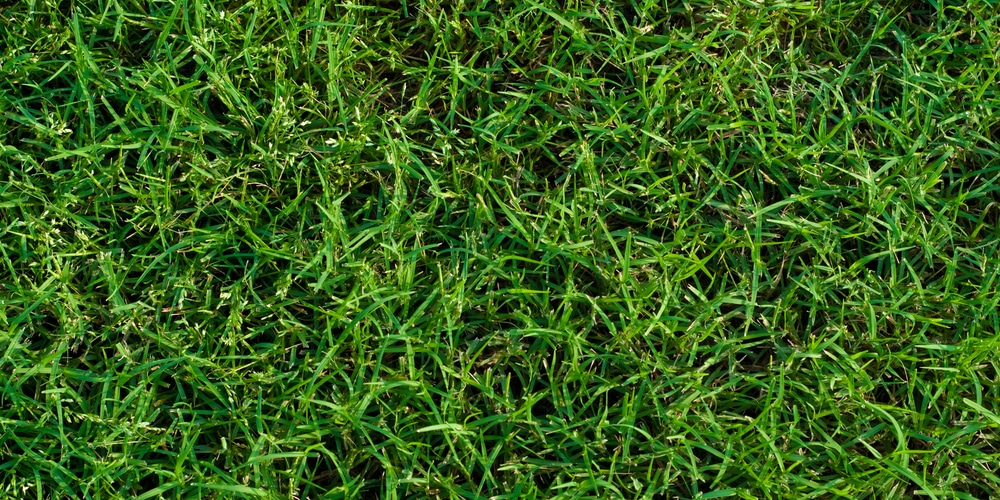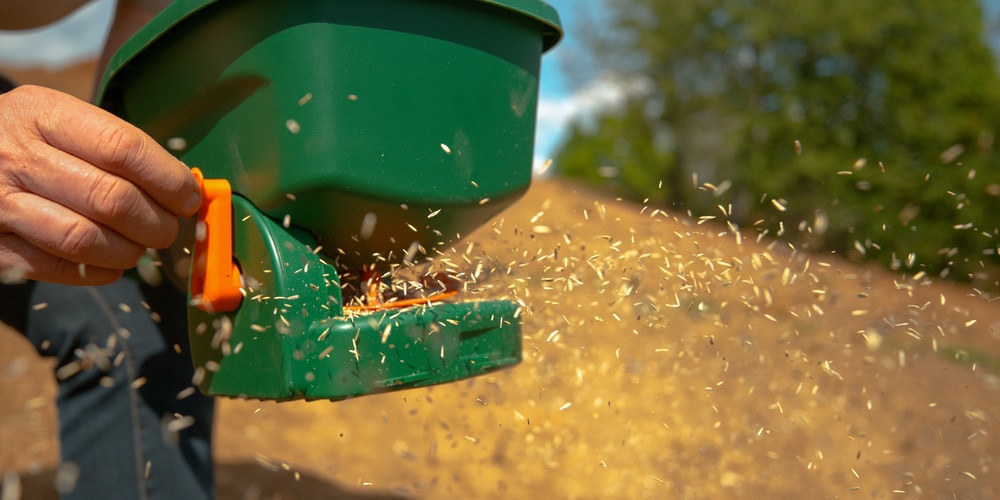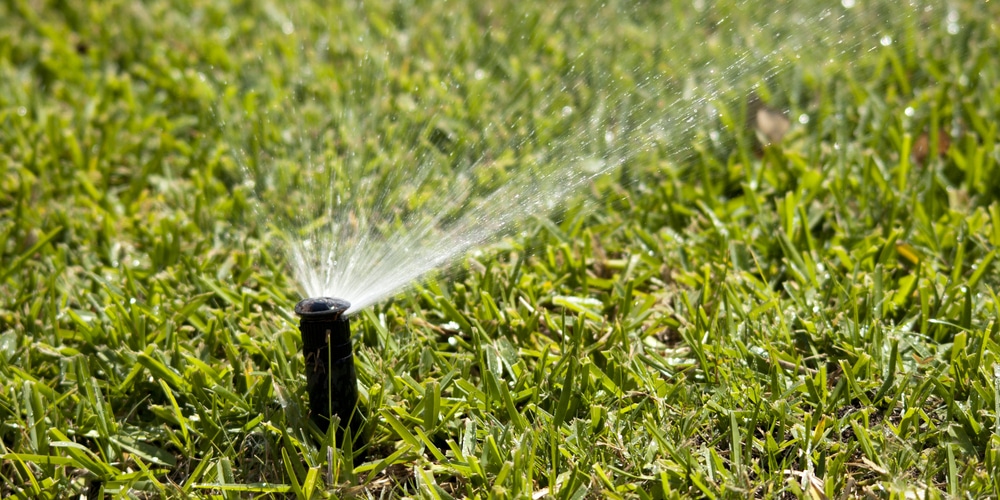Because lush green grass is a neighbor’s envy, growing grass from seeds should be done in the right way if you are a beginner. Of all the variants of grass that you find for lawns, Bermuda grass is the most popular. Also, it is the easiest to grow because of its drought and heat tolerance.
In short, Bermuda grass is the right summer season grass for your lawn. However, what temperature does Bermuda grass grow? Read on to find out more.
What is the right temperature for your Bermuda grass to grow?
Because Bermuda grass is considered warm-seasoned grass, it will grow during the summer. And, will remain green throughout the season. However, the grass will go dormant and turn brown when winters are approaching and the weather is cool. So, don’t be alarmed if the grass stays brown between October and April.
When it comes to seeding with Bermuda grass, you should keep certain things in mind. Seeding should be done in spring. And, the right soil temperature is between 65 and 70 degrees Fahrenheit or 18 to 21 degrees Celsius.
Apart from that, you should know other aspects of the grass as well. Bermuda grass is drought-tolerant and grows well in semi-arid and arid climates. Also, they go dormant when the soil temperature reaches 55 degrees Fahrenheit or 12 degrees Celsius. Avoid seeding in shady lawns that don’t receive enough sunlight.
Importance of having the right seed type:
If you want to have that ultimate lush green look, the first thing to do is to choose the right seed to plant. It’s also important to consider the sunlight, soil, and weather conditions of the region before you select the right kind of grass seed. That way, your lawn should look beautiful.
There is no shortage of suppliers that provide Bermuda seed and they are available both online and retail stores. However, when you are buying them, look out for a good quality product.
Preparing the soil for planting Bermuda grass:
Bermuda grass thrives in well-drained and sandy soils. Moreover, the pH level of the soil should be around 6 to 7.5. That way, the lawn will look gorgeous. Also, checking the overall quality of the soil in your yard or garden is equally important.
Remove any debris that you find in the soil and make it clear. Next, prepare the soil by loosening a few inches from the upper surface of the soil. Add fertilizer, compost, or organic manure to the soil and mix it firmly. It will make sure of an even growth.
What should be the seeding rate?
If you are planting for the first time, uniform and dense sowing of around 2 kilos of seeds per thousand sq. ft. should be perfect. And, for prevailing lawns, about 1 kilo of seeds per thousand sq. ft. should suffice. Also, you can use a spreader depending on the type of lawn.
Hence, use a drop-type for smaller lawns and rotary or broadcast to help spread the seeds on larger lawns. Moreover, you have to use a rake to push the seeds up to a depth of ¼-inch. Keep in mind never to sow the seeds deeper because the seeds need direct sunlight for germination.
How to water the Bermuda grass the right way:
After the grass show signs of sprouting, you can reduce the amount of watering to two times a day. And, when you notice the seedlings are about one inch tall, start watering once a day. To avoid erosion and runoff, try to water depending on how fast the soil can absorb it.
After the lawns are well-established, you can reduce watering to two times a week. It is good to use water every week on the lawn for about an inch level. As a result, it will encourage deep rooting. However, in certain regions where it rains plentiful, your lawn might not need frequent irrigation.
How to mow the lawn
You should mow the newly planted Bermuda grass lawn after the seedling has reached about two inches in height. After that, you need to maintain the lawn at one to two inches. This is slightly shorter compared to other forms of grass that you typically find in lawns. Although you can mow frequently if you want, never go over 1/3 grass height.
Related Article: What Temperature is Too Cold For Watering Bermuda Grass?



